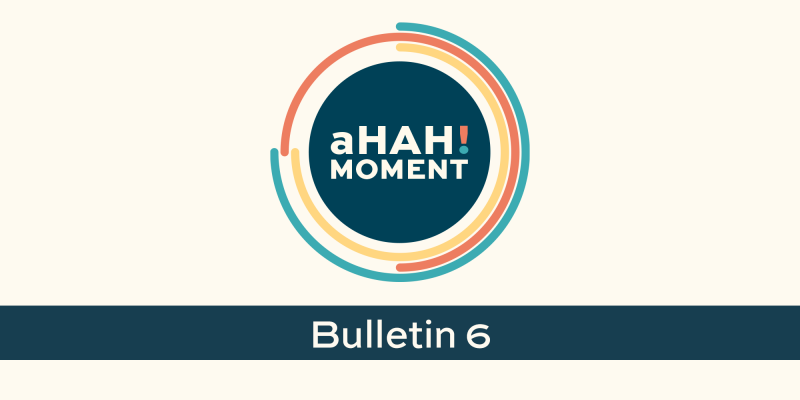Considering the new T2D agents
In 2021, two new second-line type 2 diabetes medicines are funded for patients with diabetic kidney disease, known cardiovascular disease or a five-year CVD risk of ≥15 per cent. Criteria also cover Māori or Pacific peoples and early onset T2D.1
But is empagliflozin or dulaglutide better suited to your patient?
Both agents reduce CVD mortality and slow progression of renal disease, independent of effects on glycaemic control,2 although dulaglutide is yet to be shown to prevent dialysis or renal death. Empagliflozin, in particular, reduces hospitalisations and deaths due to heart failure. If HF or diabetic kidney disease is predominant, empagliflozin is preferable; if cerebrovascular disease predominates, dulaglutide is likely favoured.3
Unlike empagliflozin, some data suggest dulaglutide may be effective in primary prevention of CVD.4 Neither medicine has yet been shown to prevent diabetic kidney disease.2
Both agents improve glycaemic control and blood pressure. Dulaglutide likely has a greater effect on reducing HbA1c and weight than empagliflozin, but less effect on BP.2,3

